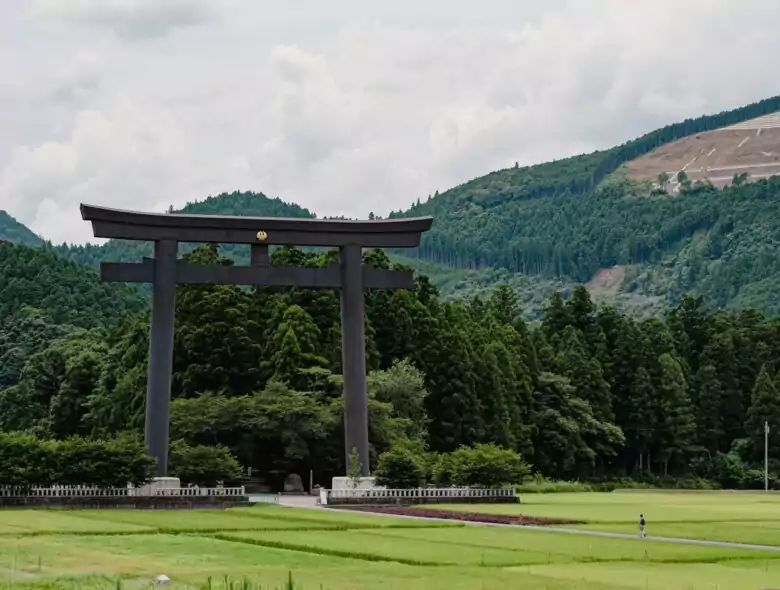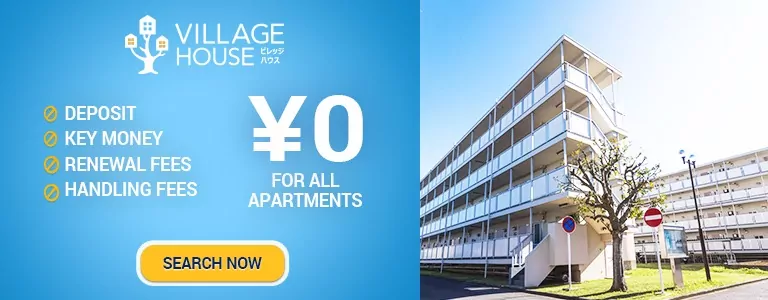Wakayama Prefecture was named by Toyotomi Hideyoshi after “Waka-no-ura”, which is so scenic that it is mentioned in the “Manyoshu” (i.e. Japanese poetry).
In the Edo period (1603-1867), Wakayama Prefecture was a fiefdom (Wakayama han) of the Kii Tokugawa family, which later became one of the three largest families in Japan.
It is also said to be the origin of the ancient name of the Wakayama area, “Kii-no-kuni,” which means “Land of Trees” in Japanese.
According to “Shiji,” written by Shiba Qian Qin, the first emperor to unify the Chinese continent about 2,200 years ago, sent a man named Xu Fu to the “Three Divine Mountains in the East” with 3,000 men and women in search of an elixir of immortality. These “Three Divine Mountains of the East” are the present-day Japanese archipelago, and the place where Xu Fu landed is said to be present-day Wakayama Prefecture.
In ancient Japan, the legend of Emperor Jinmu, Japan’s first emperor, was led by Yatagarasu (a three-legged crow) to Shingu City in the southeastern part of Wakayama Prefecture.
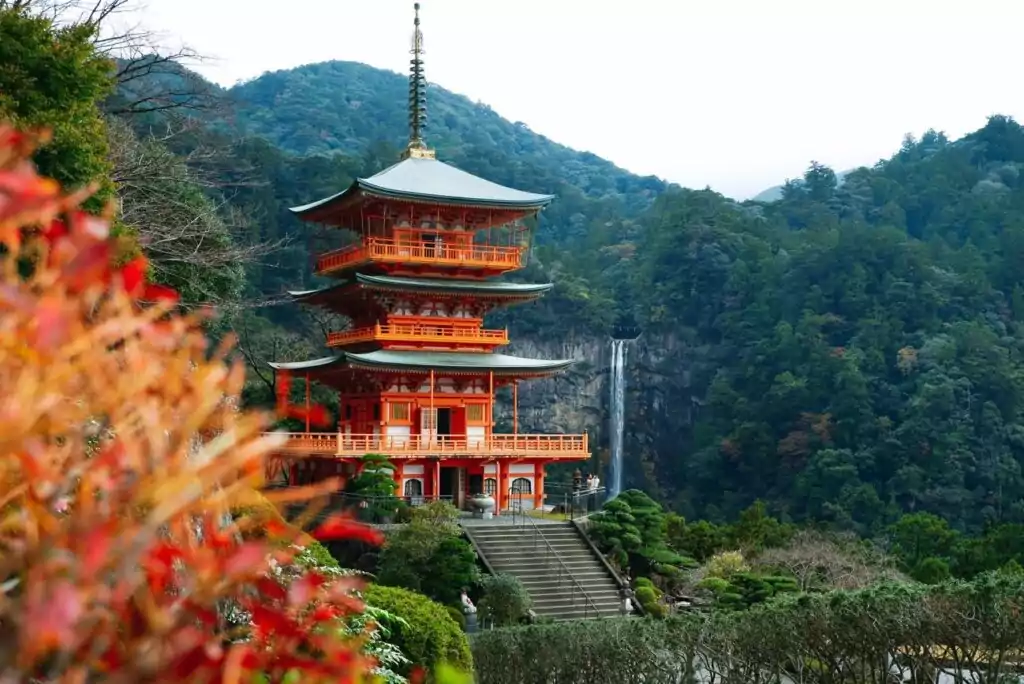
Sightseeing Spots in Wakayama
Wakayama is rich in nature, blessed with mountains and the sea.
Many people from Japan and abroad visit Wakayama to see the World Heritage sites of Kumano Sanzan and Nachi Falls, as well as Koyasan (Mt. Koya), which was founded by Kukai, a famous Buddhist priest.
Onsen (hot springs) in winter and Nanki-Shirahama and Adventure World in summer are sure to be enjoyed by the whole family.
Tomogashima is an uninhabited island in the Kitan Strait between Kishu and Awaji Island. Many Japanese military gun emplacements used during the war remain, and the scenery of brick buildings intertwined with plants is very fantastic despite their ruins.
The scenery is reminiscent of the world of the movie “Laputa: Castle in the Sky.
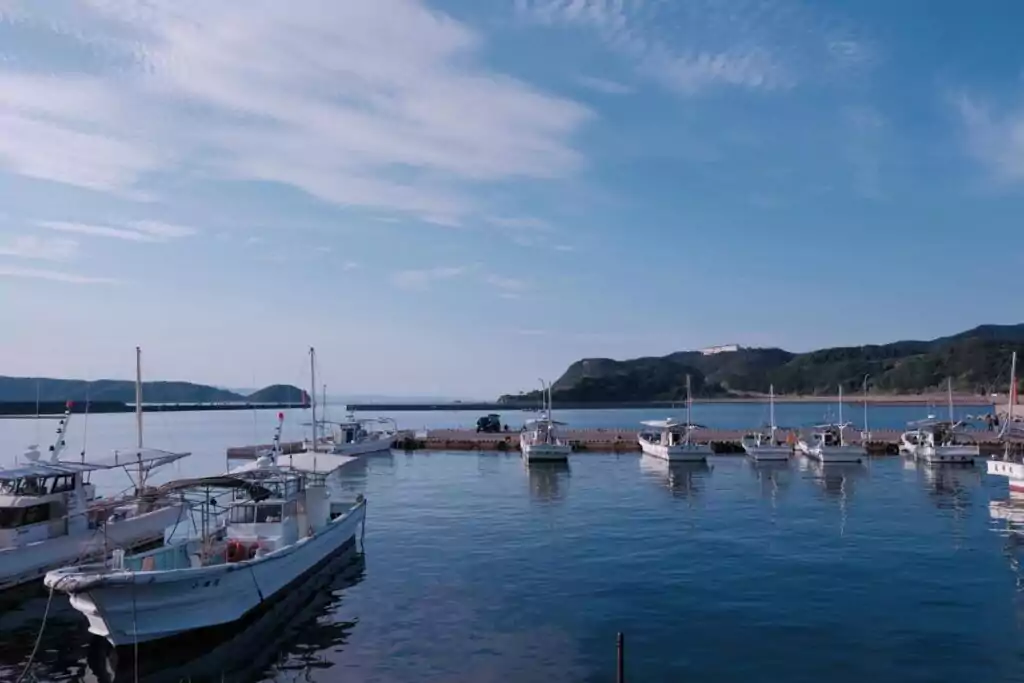
Gourmet food in Wakayama
Wakayama Prefecture is a treasure house of seafood where the warm and cold currents of the Kuroshio Current meet, and there are many local delicacies such as seafood dishes, local ramen, fruits, plums, and soy sauce that can only be found in Wakayama Prefecture.
Among these, tuna and kuei are the most famous.
The southern waters where the warm and cold currents of the Kuroshio Current meet are rich in small fish and food, and tuna is said to be fatty.
Katsuura Fishing Port in Wakayama Prefecture is one of the leading fresh tuna fishing ports in Japan.
The season is from December to March, and the tuna caught is not flash-frozen but landed alive, which makes it fresh and very tasty with a flavor different from that of frozen tuna.
Many restaurants and inns in Nachikatsuura Town and Kushimoto Town serve fresh tuna as their signature dishes. You can enjoy fresh local tuna!
Kue, whose season is from October to December, lives in rocky areas off the coast of Hidaka Town, lurking behind rocks and in caves during the day and coming near the coast at night to feed on fish, squid, and lobsters.
A member of the grouper family, they are large fish, with the largest growing to over one meter in length.
Contrary to its appearance, its flesh is beautifully white and fatty, making it a delicious fish.
In addition to the standard nabe dish, sashimi, aburi (aburi), and fillet sake are also delicious, and in sumo circles, it is a familiar ingredient in chanko-nabe.
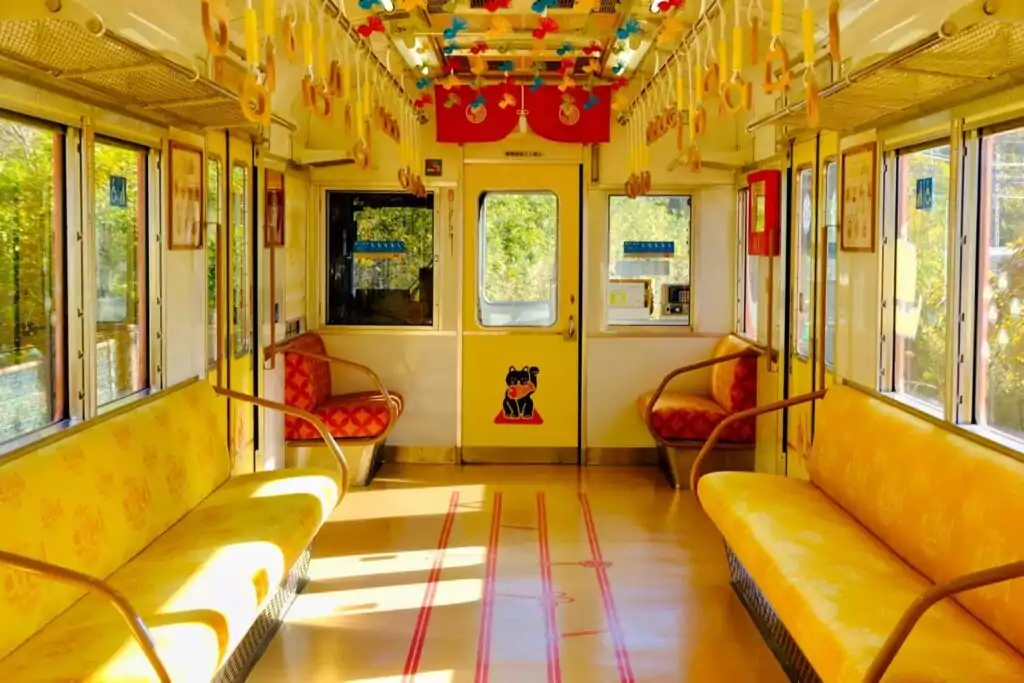
The Future of Wakayama Area
The days when the town was crowded with department stores and fashion buildings are long gone.
The decline of central city areas has become a problem in regional cities across Japan, as large-scale commercial facilities have moved to the suburbs and major roadside stores have emerged.
In response, the following three universities have opened on the sites of closed elementary and junior high schools. 1.
1. Wakayama School of Nursing, Tokyo University of Health Sciences
2. Wakayama Shinai University, Faculty of Education
3. Wakayama Medical University Faculty of Pharmacy
The attraction of the above three universities was a very significant turning point for Wakayama.
As the city suffers from depopulation, the increase in students that accompanies the attraction of universities will enrich restaurants and surrounding facilities and create part-time jobs, creating a virtuous cycle.
In addition, condominiums will be built for students, and the construction industry, real estate industry, and other service industries related to daily life will also develop.
Of course, there are advantages to developing a town and attracting universities to change the structure of the town, but there is also the risk of cost if the development or attraction fails and no one comes to the town.
In the future, Wakayama will not only be a “school city” that attracts schools, but the next challenge will be to attract tourists who will stay in Wakayama, even for a day or two.
Train access from the station to major tourist attractions is not good, and Wakayama Prefecture itself has become a car-based society.
In the future, it will be necessary to create a smooth access route around the station and to tourist attractions, so improving the convenience of public transportation is indispensable.
Related articles:
- Getting Around Japan – Practical Tips and Tricks
- The Beginner’s Guide to Car Rental in Japan
- 5 Quirky and Unusual Museums You Have to See in Tokyo
- Discovering Saga Prefecture: Unearthing Hidden Gems in Japan’s Countryside
- Exploring Kagawa – Japan’s Quiet Paradise of Art and Culture


